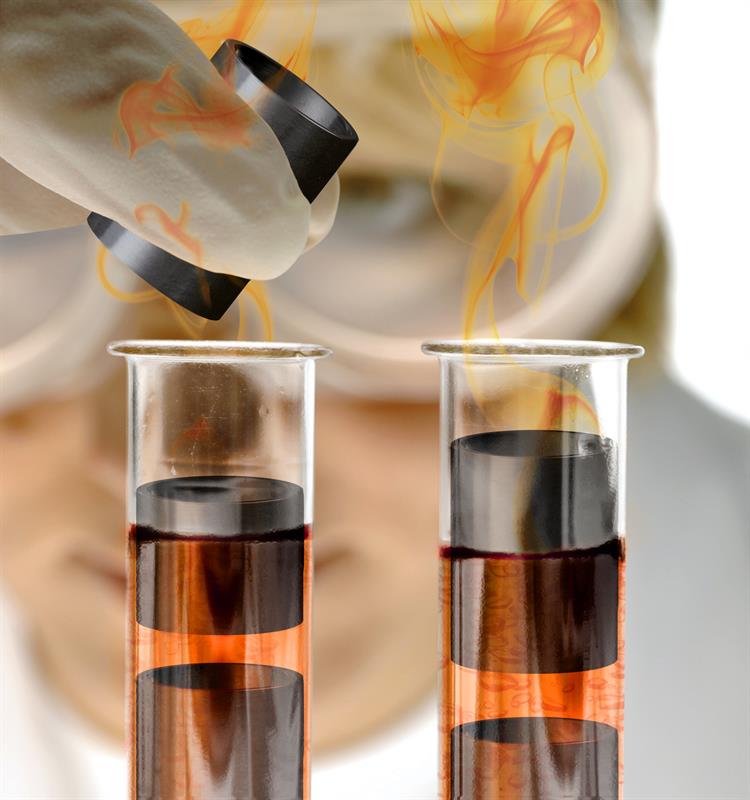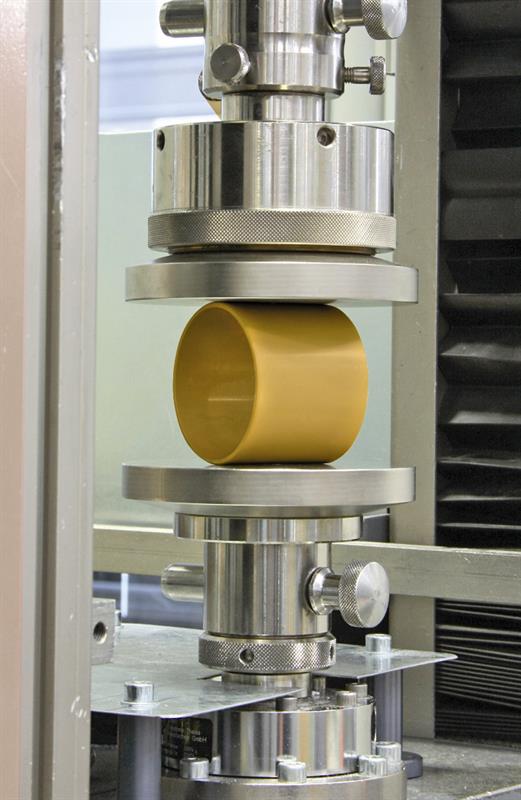Indeed, for some high-volume, low-value items, that criticism is justified. In 2014, the number of single-use carrier bags being given out by the seven leading supermarkets in England had reached an incredible 7 billion a year, with little thought given as to where they’d end up. It was only through legislation and the imposition of a minimum 5p charge that such profligacy was halted, reducing plastic bag use by more than 85% almost overnight.
But not all plastic is the same – far from it. In certain cases, for a whole host of measurable reasons, plastic is the most suitable material for the job at hand. It can be turned into valuable products with virtually no waste; it can boast superior performance characteristics compared with alternatives such as metals; and in operation, plastic parts can be designed to be oil-free. For some applications, plastic is not the problem – it is very much part of the solution.
 In terms of manufacturing processes, modern plastics injection moulding is an extremely efficient process, in that it is incredibly flexible and produces virtually no waste. That’s why it is increasingly being used to make components such as bearings, which have traditionally been made from metal.
In terms of manufacturing processes, modern plastics injection moulding is an extremely efficient process, in that it is incredibly flexible and produces virtually no waste. That’s why it is increasingly being used to make components such as bearings, which have traditionally been made from metal.
So how are injection moulded parts actually made? First of all, the moulding machine is set up, ie it is first filled with material (plastic granules), then equipped with the relevant tool. The tool determines which plastic product is produced and is replaceable, meaning that virtually any number of different parts can be manufactured.
When the machine runs, a screw rotates and pushes the plastic granules to the front of the machine, where a heater transforms the material to liquid form. The movement in the screw gradually builds up pressure, and at the right moment the material is injected into the tool in the clamping unit.
The tool is usually made of steel and is split in two. One part is installed on a fixed mounting plate, the other one on the moving mounting plate. Once both parts are joined, a hollow space is created inside, the so-called cavity. The material now enters this hollow space from the injection unit through a nozzle in the mounting plate. The pressure of the screw should completely fill the cavity. The injection speed is important here, for it influences how the material distributes in the tool; finally, no hollow spaces (or voids) should be formed.
Once the sealing point is reached, the clamping unit shuts off the flow of the material from the tool and the material starts to cool down. Afterwards, the tool is opened and the plastic part can be removed.
The ‘injection’ technique means that components can be produced using an exact amount of plastic granules, with very little waste. Any left-over material can be re-granulated and re-used, reducing scrap levels to virtually nil. Subtractive machining, on the other hand, is by its very nature far more wasteful, with the production process based upon the principle of removing undesired materials to achieve the required form. A substantial portion of the manufacturing process involves stamping, cutting and grinding, settling, filtering, flaring, and boiling-off to get rid of what isn’t needed.
Also, as a rule, the energy required to produce plastic products is far lower than it is for metal parts. As an example,  the production of 1L of aluminium requires the use of 15L of oil. The production of 1L of plastic, meanwhile, requires 1.8L of oil. That’s a significant difference. And in the case of certain bio-polymers, the requirement for crude oil is eliminated altogether.
the production of 1L of aluminium requires the use of 15L of oil. The production of 1L of plastic, meanwhile, requires 1.8L of oil. That’s a significant difference. And in the case of certain bio-polymers, the requirement for crude oil is eliminated altogether.
There are several through-life advantages of using plastic rather than metallic parts, too. Firstly, plastic bearings feature high-wear resistance, a low coefficient of friction (COF) and can replace more costly alternatives in a variety of applications, offering cost reductions of up to 25%. Also, self-lubricating bearings transfer lubricant onto the shaft to help lower the coefficient of friction and are impervious to dirt, dust or other contaminants. This eliminates the need for oil and grease as part of the maintenance function, which reduces the impact of waste. More than 50% of lubricants end up being discharged into the environment – and that amounts to the release of millions of tonnes of damaging substances a year. Plastic bearings also offer reliability enhancements, being designed to maintain a low COF over the lifetime of the bearing compared to metal-backed components, which can become scratched and need replacing in a short period of time.
When all these performance characteristics are considered, it becomes clear that precision-engineered plastics are far from being low-value commodity parts. If designed, made, and installed in the right way, they are the ultimate ‘fit-and-forget’ solution, offering a host of operational and environmental advantages over rival materials across a wide range of applications.











